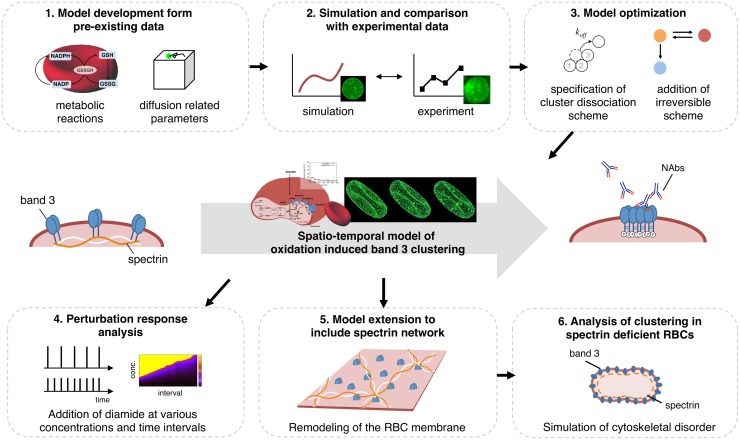Fig 1. Workflow diagram of present study.
We developed a particle model to represent the spatial and temporal changes that occur during RBC oxidation, which result in the clustering of band 3 and opsonization by naturally occurring antibodies (NAbs). (1) Major reactions from a prior kinetic model of RBC metabolism [39], and experimentally validated diffusion related parameters for band 3 were integrated into a single-particle simulation model. (2) Time-course data and visual data resulting from simulations under 0.25 mM diamide treatment were compared with those of past experiments. (3) The model was optimized by testing various reaction schemes, including specification of cluster dissociation rates and the addition of an irreversible clustering reaction. (4) The model was simulated under multiple diamide additions for varying concentrations and time intervals. (5) An extended model including physical confinement by spectrin cytoskeletal components was developed. (6) The spectrin model was applied to assess band 3 clustering in spectrin deficient RBCs.

